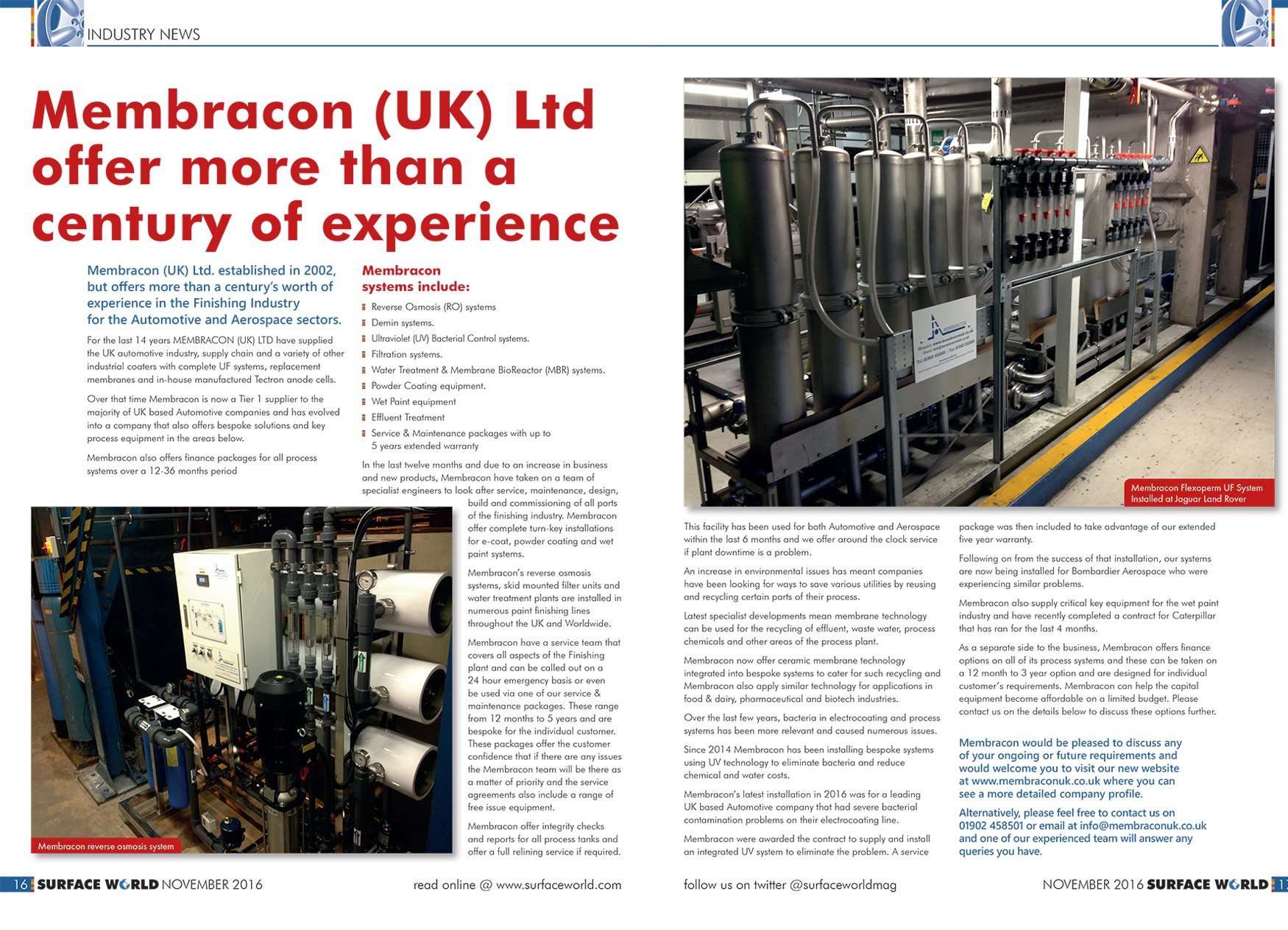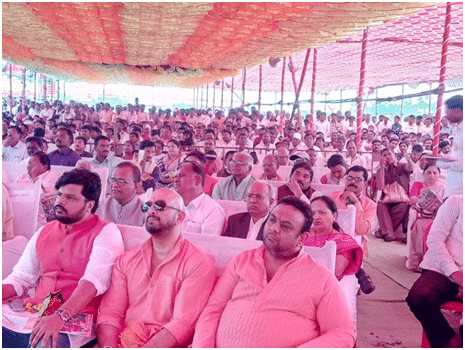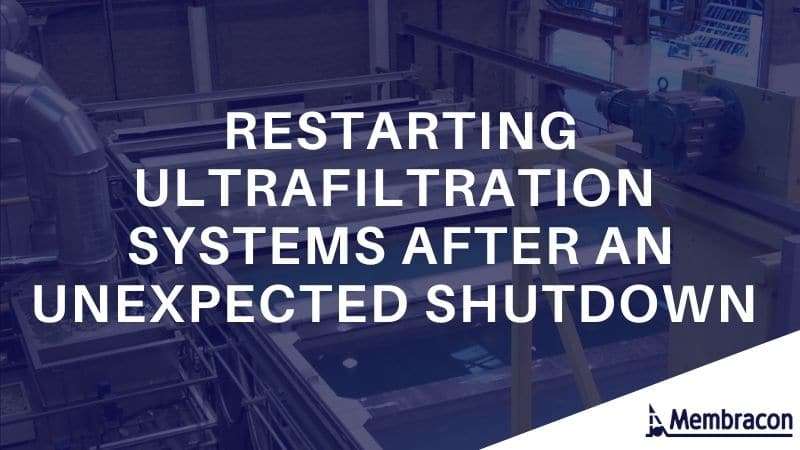
Restarting Ultrafiltration Systems After An Unexpected Shut Down
Although many manufacturing continued throughout the crisis, some would have unexpectedly shutdown due to panic and uncertainty.
If you need help restarting your Ultrafiltration system after being unexpectedly shutdown, below is some guidance on how best to do and how best to shut down the systems in case of any future emergencies or unexpected events.
You can view this as a guide, click here.
If you’d prefer to have an expert come to site and review your system or perform the below for you, then get in touch.
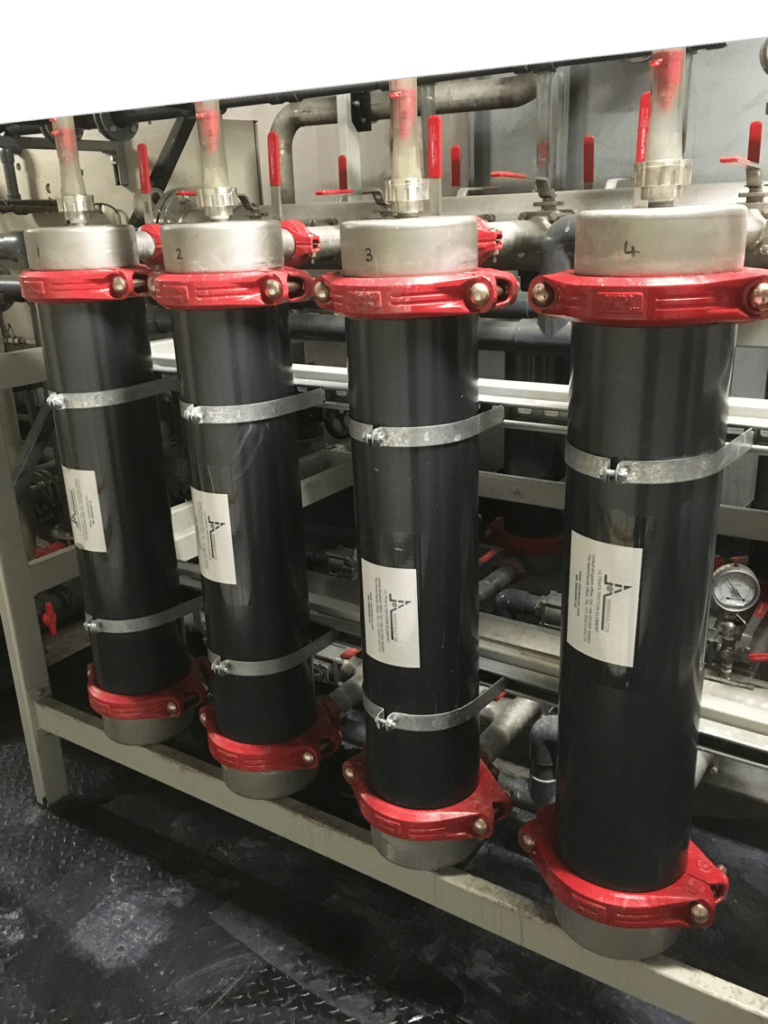
Best Practise For Shutting Down Your Ultrafiltration System
Ideally you want to put the Ultrafiltration system into bypass and box the membranes off from the paint. This would be done as precaution, so if for whatever reason the pre-filtration system were to fail, the contaminated paint would not foul the membranes causing the expense and downtime to replace them.
To do this, open the bypass valve fully and then slowly close the inlet and outlet paint valves. This would then mean that the system is on by pass but the housings still fill with paint.
If the membranes were left in this condition the paint in the membrane housing would go solid and the membranes would be un recoverable. To prevent this, you would need to flush the membranes with pure water utilising the clean in place system.
Fill the CIP tank with pure water and slowly open the inlet, outlet and permeate circulation valves. Then start the CIP pump and flush the membranes for 1 hour. After an hour stop the CIP pump, close the inlet, outlet and permeate circulation valves. This would then leave the system filled with pure water, preventing solidification within the membranes and housings.
Best Practise For Restarting Ultrafiltration Systems After Unexpected Shutdown
If the system hasn’t been put into bypass and limited monitoring and maintenance has been carried out, it would be best to put the system on bypass as you would in the shutdown procedure.
Once the system has been put in to bypass it‘s then best to make sure that you have clean bag filters in your pre filtration system. We would also recommend that you drop down to a finer micron rating than the filtration you normally use and change them every 2-4 hours for the first day.
This would take any of the smaller particles out of the paint solution that may have settled out while the plant has been dormant. Once this has been completed it is then the reverse of the shutdown procedure.
Fill the CIP tank with pure water and re open the CIP inlet, outlet and permeate valves, start the pump and circulate for 1 hour. Once the system is then again isolated with all the CIP valves closed it is then time to slowly return the system back on to paint.
Slowly open the paint inlet and outlet valves monitoring the permeate flow rate. If any of the flow meters from the membranes become cloudy, it maybe that the membrane has become fouled and it now passing paint into the permeate line.
In this case you would need to isolate the individual housing from paint and then flush that membrane and housing using the CIP system and order a replacement membrane.
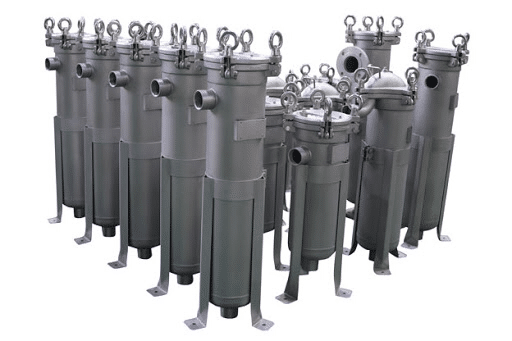
Conclusion
Sometimes sudden events or circumstances mean a sudden shutdown of operational ultrafiltration systems.
Hopefully the above will give you guidance in an emergency, however if you need an expert to come out on site to restart or ensure the system is properly shutdown then get in touch today.
Membracon specialise in not only recommend and supplying the right filtration system for your processes but also maintaining and servicing them throughout the year.
Here’s some more information on E-Coating processes and the systems used:









